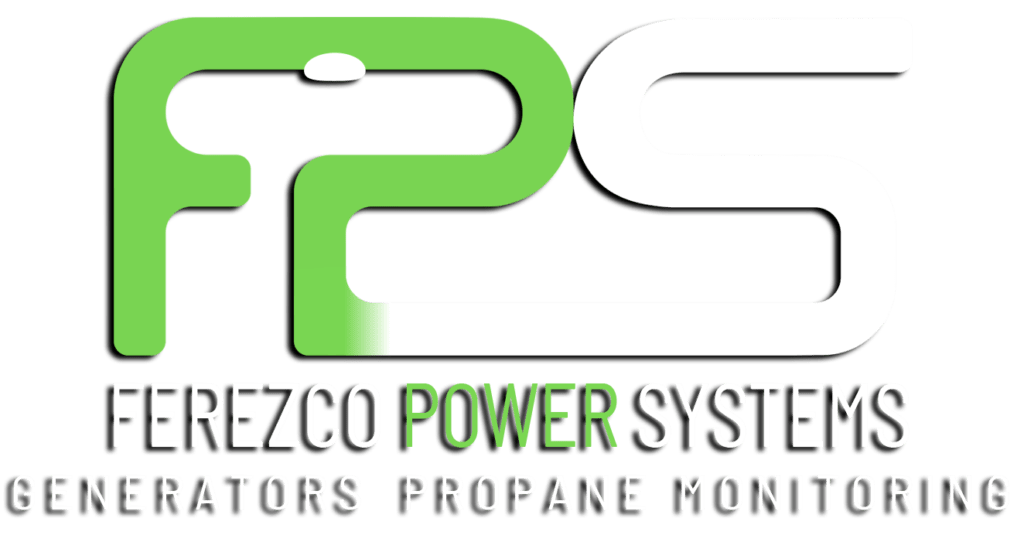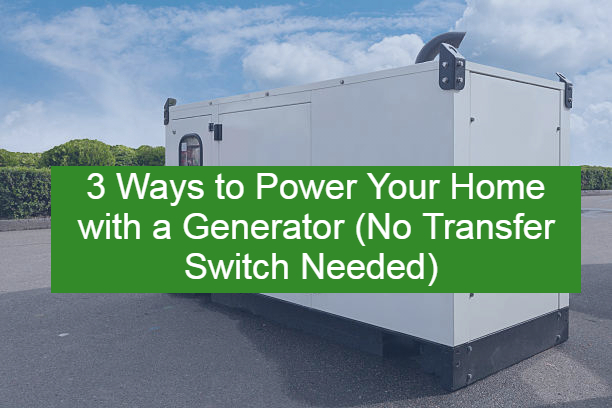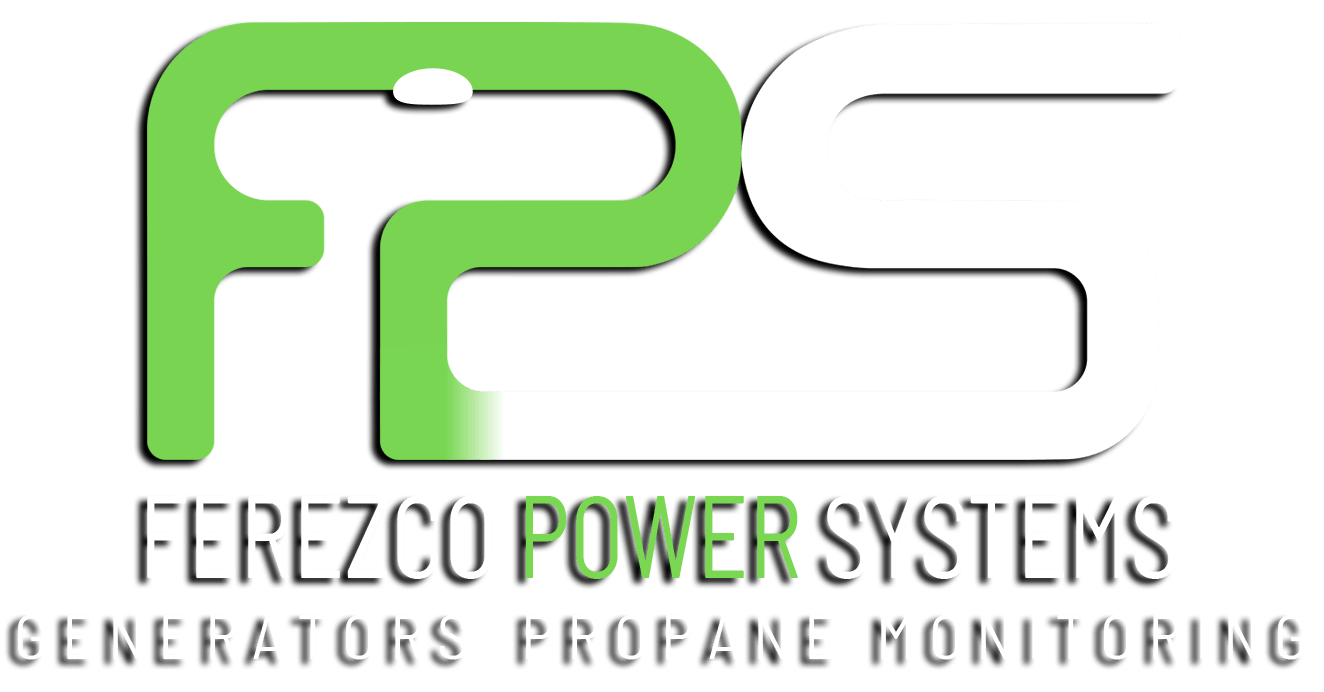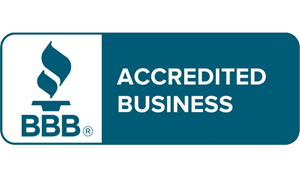In power outage emergencies, connecting a generator directly to your home can give you the needed power. While transfer switches are the safest method, there are alternative approaches when it is not available. This guide explores the practical steps for generator connection and direct hookup methods that can help you out during urgent situations.
The Risks of Direct Generator Connections
Before exploring any direct hookup method, you need to understand the serious risks involved. Connecting a generator to your home without a transfer switch can create dangerous situations:
- Backfeeding: Electricity flowing back to your home’s wiring and into the power lines can seriously injure or even kill somebody.
- Tools Damage: Improper connections may damage your generator, appliances, and home electrical system.
- Fire Hazards: Incorrect wiring creates possible risks throughout your home.
- Legal Concerns: Many localities have regulations that ban generator connections without proper transfer tools.
The safest approach is always installing a proper transfer switch or inlet box. This guide is intended for emergencies when those options are not available.
Related: How Much Electricity Does AC Units Use? A Comprehensive Comparison
Required Tools for Direct Generator Connection
If you’re facing an urgent situation needing a generator connection without a transfer switch. You’ll need a specific tool:
- Portable generator with sufficient wattage for your needs.
- Heavy extension cords (12-gauge minimum).
- Generator cord with appropriate plug configuration.
- Circuit breakers and power distribution units.
- Basic electrical tools (wire strippers, screwdrivers, voltage tester).
- Safety equipment (gloves, eye protection).
- Optional: Power inlet box for semi-permanent installation.
Having the right tool is important for both safety and functionality. Using undersized extension cords or improper connectors can create fire hazards and tool failures.
Method 1: Direct Appliance Connection (Safest Alternative)
The simplest and safest method for generator connection without a transfer switch is connecting necessary appliances directly to the generator using heavy extension cords.
How-To Instructions:
- Your generator should be 20 feet away from your home. keep it in a ventilated area so that there are no chances of Carbon monoxide poisoning.
- Start the machine following the manufacturer’s instructions. Let it stabilize before connecting any loads.
- Run extension cords from the generator to critical appliances:
- Use a 12-gauge or heavier cord for devices that need a good amount of power.
- Keep total cord length under 100 feet, if possible, to minimize voltage drop.
- Avoid routing the cords under carpets or through high-traffic areas.
- Connect appliances individually. Start with the most necessary items like fridges, freezers, and heating tools.
- Keep a check on the load to make sure you are not going beyond its rated capacity. Most of the portable ones can handle 3,000-7,500 watts.
This approach, although it is less convenient than powering your entire electrical panel, reduces the risks of back feeding and keeps the connection fully isolated from the grid.
Related: Understanding Line vs. Load Wiring: Essential Tips and Guidelines
Method 2: Power Inlet Box Installation
A more convenient semi-permanent solution includes installing a power inlet box without a transfer switch. This method needs some electrical knowledge but it offers a safer connection point for your generator.
Installation Process:
- Turn off main power at your electrical panel and check if the electricity is disconnected using a voltage tester.
- Install a power inlet box on an outside wall near where you will position your generator. These boxes usually contain a twist-lock receptacle that matches your generator cord.
- Run appropriate wiring from the inlet box to selected circuits in your panel. This requires:
- Using correctly sized cable based on expected loads.
- Installing proper conduit for exterior wiring.
- Connecting to separate circuit breakers for generator-powered circuits.
- Label all generator-powered circuits clearly to prevent confusion during outages.
- Create a clear connection procedure documenting exactly how and when to connect your generator.
Method 3: Emergency Panel Connection (Use with Extreme Caution)
The most complicated and possibly dangerous method includes connecting a generator directly to your electrical panel. This should only be done in genuine emergencies and requires electrical knowledge.
Critical Safety Steps:
- Always disconnect from utility power first by shutting off the main breaker before making any generator connections.
- Never attempt to create a “double-male” cord (also called a “suicide cord”) that plugs into both the generator and a wall outlet. These illegal connections create extreme hazards.
- Consider a manual interlock kit which physically prevents both the main and generator breaker from being on at the same time. While not a transfer switch, these kits provide needed protection.
- Limit generator connections to essential circuits by using separate breakers for important needs rather than attempting to power your entire panel.
- Follow all electrical codes including proper grounding and using the right sized wiring for the expected load.
This method carries the highest risk of back feeding and should only be implemented by those with electrical experience. For most homeowners, the direct appliance connection method offers a much safer alternative.
Related: What Type of Wire Should You Use for Home Electrical Wiring?
Calculating Power Requirements
Understanding your power needs is important for a safe generator operation regardless of connection method. Most households need 5,000-7,500 watts to power essential appliances.
To calculate your needs:
- List important appliances you need during an outage (refrigerator, heating system, lighting, etc.)
- Note starting and running wattage for each item:
- Refrigerator: 700-1,200 W working, 2,200 W to start
- Furnace Fan: 800 watts running, 2,350 W starting
- Well Pump: 1,000 W (R), 3,000 W (S)
- Lights: 60-600 w depending on quantity and type
- Microwave: 1,000-1,500 W
- Add running wattage for items that will operate at the same time. Make sure you don’t exceed 80% of your generator’s capacity.
- Account for starting wattage of the largest motor-driven appliance, as this temporary surge happens when devices first power on.
For most emergency situations, focus on powering only the most important systems rather than attempting to maintain normal electricity usage.
Maintaining Safety During Generator Operation
Whatever connection method you choose, these safety practices are non-negotiable:
- Carbon monoxide safety: Generator should be outside 20 feet from any building openings. Never use these machines in garages, basements, or closed spaces.
- Fuel Storage: Store the fuel in approved containers away from living spaces and heat sources. Never refuel a hot generator.
- Weather protection: Use generator tents that are specially designed for them to provide climate protection.
- Regular maintenance: Check oil levels, air filters, and spark plugs according to the manufacturer’s schedule. See that they work properly during emergencies.
- Load management: Avoid overloading the machine. Only connect important appliances and monitor the total current draw.
The Better Alternative: Transfer Switch Installation
While this guide covers emergency options, the safest long-term solution is installing a proper transfer switch. These devices:
- Reduce back feeding risks completely.
- Provide convenience during blackouts.
- Meet electrical code requirements.
- Allow powering entire circuits rather than individual appliances.
- Can be installed by licensed electricians for $500-1,000.
For homeowners with frequent electrical outages, getting a switch offers advantages over the temporary methods described above.
Related: How to Successfully Upgrade Your Home to 220-Volt Electrical Service: A Complete Guide
Conclusion
Connecting a generator to your home without a transfer switch should only be considered in genuine emergencies when proper tools are not available. The safest way is always the direct appliance connection method using heavy extension cords. Remember that emergency methods come with a lot of risks and limitations. As soon as possible after the crisis, consult with a licensed electrician from Ferezco Power System about installing a proper transfer tool for future outages. By understanding the proper techniques for generator connection and direct hookup options, you can provide electricity to your home during such situations while reducing risks to yourself, your property, and utility workers.




